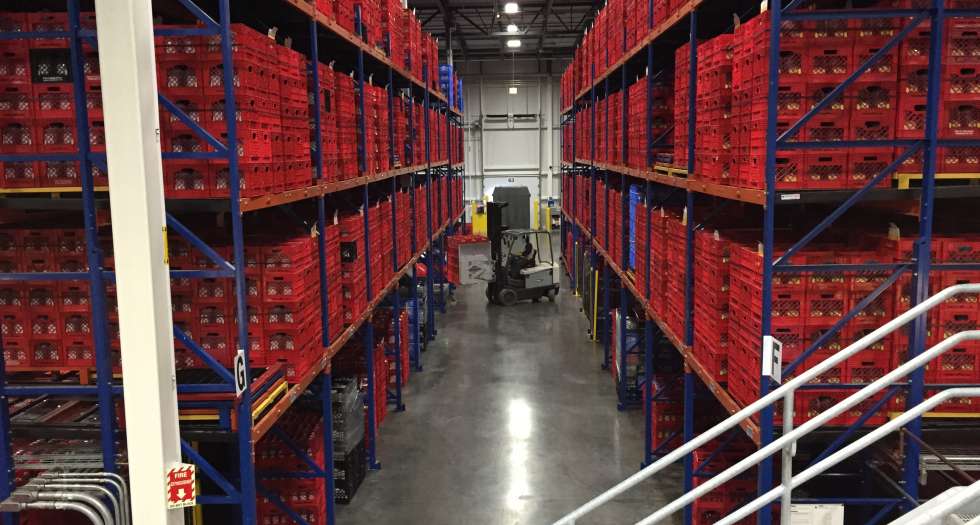The grocery industry has evolved to meet customer demand during the pandemic and is just now understanding what the new buying cycle looks like moving forward. Having to adjust to meet buying preferences while continuously being hit with volatile shifts in the market exposed flaws in the grocery supply chain in 2020. Consumer panic buying and changing behavior has left a lasting impression in the industry and left companies scrambling to stock their shelves with certain items. Purchase behaviors have changed, and customer retention is more dependent on omnichannel distribution than ever before. In-store volume is down and online grocery shopping has exploded since people are less inclined to buy groceries in the traditional format. Market trends moving forward include an omnichannel distribution approach, increased safety measures in store and shifting focus to flexibility in the supply chain.
- Omnichannel Distribution – The pandemic exacerbated the need for grocery stores to offer more and more ways to buy groceries with an emphasis on safety. Online grocery shopping with in-store pickup, curbside pickup and delivery is now a must for stores to have a chance at retaining local customers who are more focused on safety than ever before. The demand for more buying flexibility took a gigantic leap in 2020 with some consumers refraining from shopping in-stores all together. This leap forced grocery stores to adjust their supply chain systems to accommodate a multi-channel fulfillment operation that is less susceptible to market volatility. Trends towards consumer buying preferences are not going anywhere and the buying landscape for grocery stores is forever changed.
- Focus on Safety of Associates and Customers – Physical locations have had to rethink the entire customer buying cycle to ensure all safety protocols are being followed. Training grocery team members to implement safety measures wherever possible is of utmost importance to maintain a safe environment for customers. Understanding what is expected from your customer will deliver the blueprints for where to focus safety efforts both inside the store and when facilitating online grocery buying. Grocery stores were forced to adjust to these new safety protocols and will continue implementing them moving forward.
- Adding Flexibility to the Grocery Supply Chain – Focus has shifted in the grocery supply chain from complexity of product offerings to flexibility when dealing with market volatility. Companies are addressing issues in the supply chain to keep items stocked as efficiently as possible during major fluctuations in the market such as times of crisis. Industry forecasting plays an important role in adjusting the grocery supply chain because the more information available the better the demand projections moving forward. AI and other machinery is becoming more commonplace and has greater capacity to calculate projections in future consumer buying behaviors. We will see companies adopt more technology driven approaches to serving their customers moving forward and will continue to see revisions in parts of the grocery supply chain to support a multi-faceted fulfillment strategy.
In conclusion, grocery stores have been forced to increase their supply chain flexibility to support an omnichannel fulfillment operation and increased safety precautions. Customers now have the option to buy groceries in any way they prefer, and this trend will grow rapidly due to the outfall of the pandemic.

